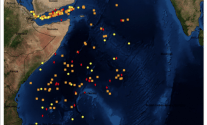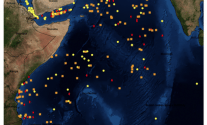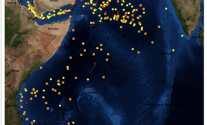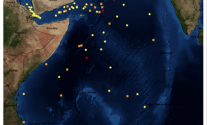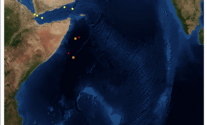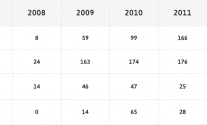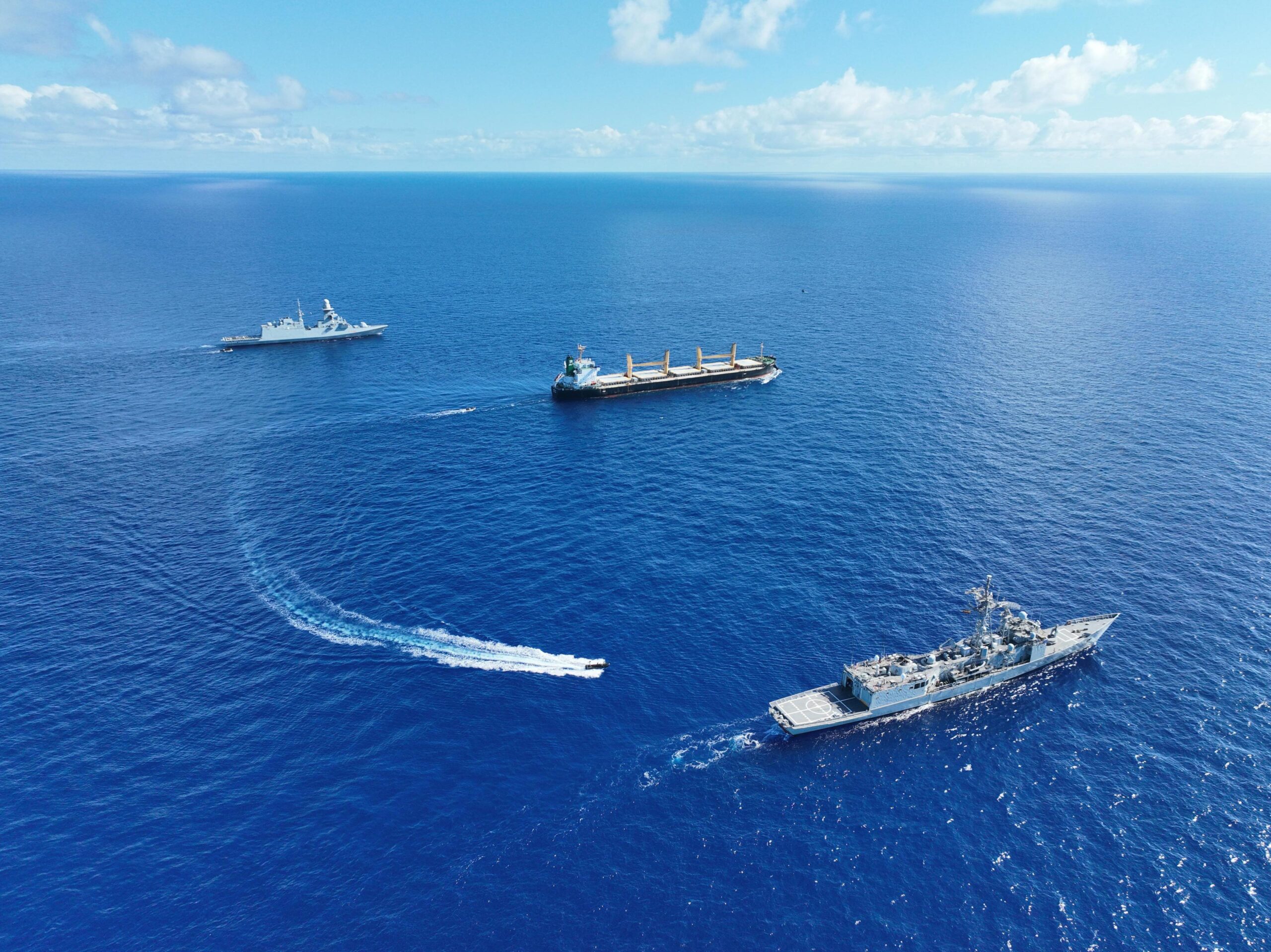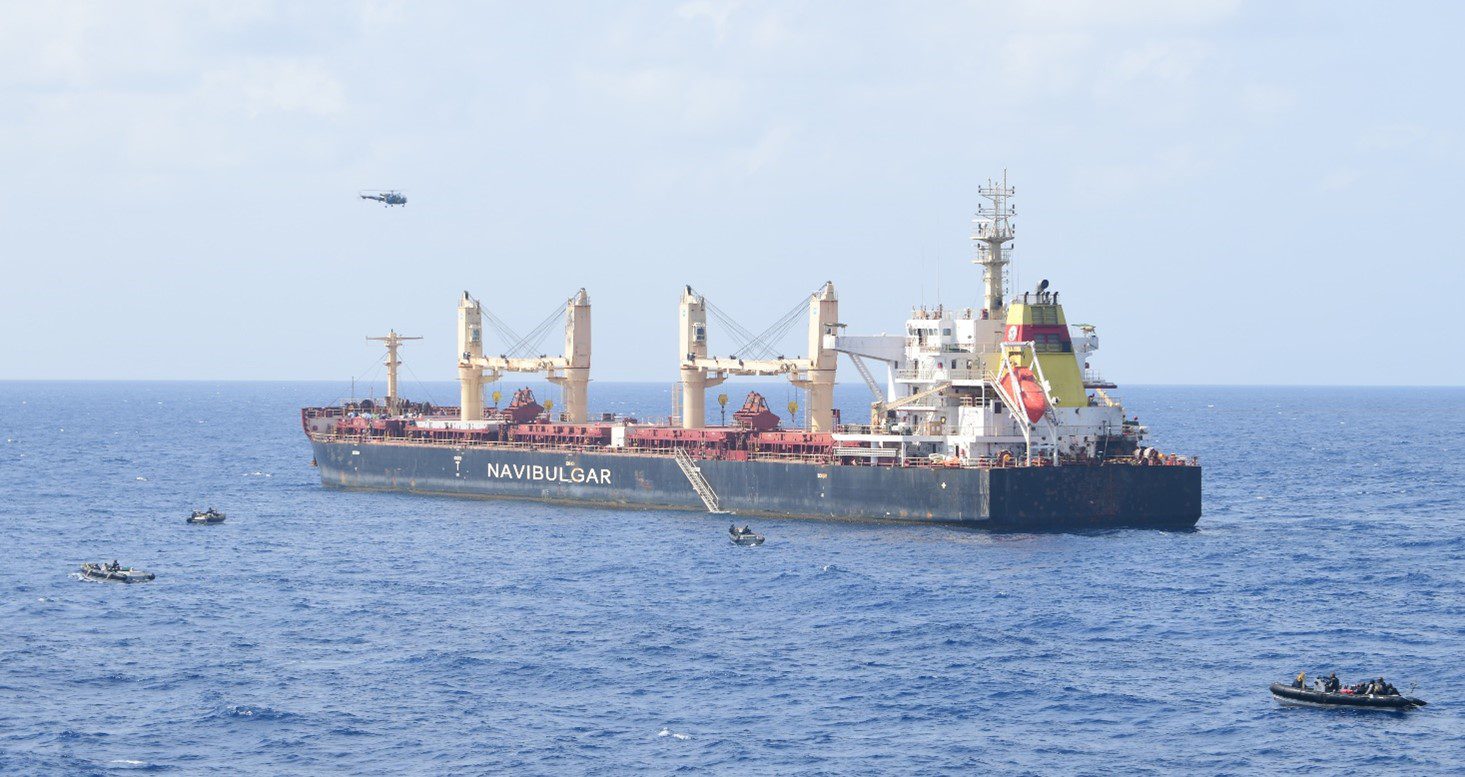The French EU Naval Force (EU NAVFOR) ship FS Nivôse seen escorting a World Food Programme (WFP) chartered vessel in May 2013. The WFP ship was escorted from Djibouti to the port of Mombasa in Kenya. Photo credit: EU Naval Force Media and Public Information Office
I thought these images from European Union Naval Force Somalia – Operation Atalanta (EU NAVFOR) do a good job of illustrating the spread of piracy from 2009 to 2011, then its retreat for 2012 and 2013.
Click Image to View Gallery
In 2009 you can you see that most of the reported piracy events (ie pirated, attack, disruption, and suspicous event) are focused on the Gulf of Aden and close to the Somali coast. Then in 2010 and 2011, piracy begins to spread into the Indian Ocean and northern Indian Ocean, mainly helped by the use of motherships to stage attacks. Piracy peaked in 2011 with a total of 176 attacks, according to EU NAVFOR data.
The introduction of armed security personnel onboard ships, naval forces in the region (such as EU NAVFOR), and other self-protection measures lead to a decrease in piracy events beginning in 2012.
There is no doubt that Somali piracy has been successfully mitigated through the use of private maritime security, but EU NAVFOR reminds us that 32 pirated ships and 736 hostages were held by Somali pirates in January 2011 and that it is crucial that we remain vigilant or the number of attacks will once again rise.
EU NAVFOR full piracy facts and figures can be found HERE.
Unlock Exclusive Insights Today!
Join the gCaptain Club for curated content, insider opinions, and vibrant community discussions.

 Join The Club
Join The Club



![The Spread (and Retreat) of Somali Piracy 2009-2013 [VISUALIZED]](https://gcaptain.com/wp-content/uploads/2013/05/8735905170_f3833e60ee_z.jpg)
